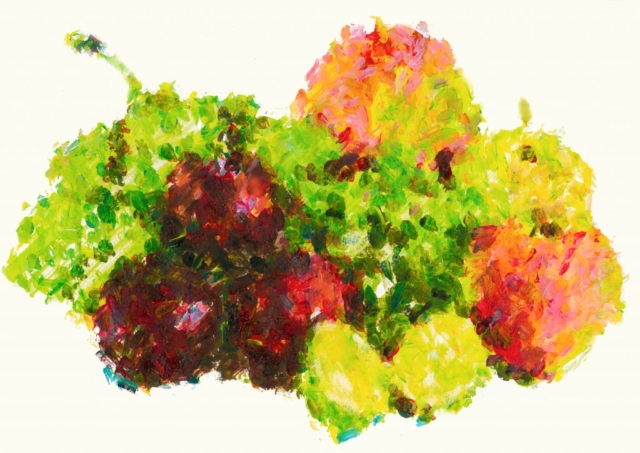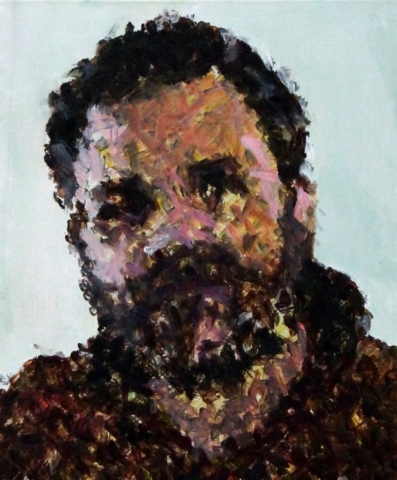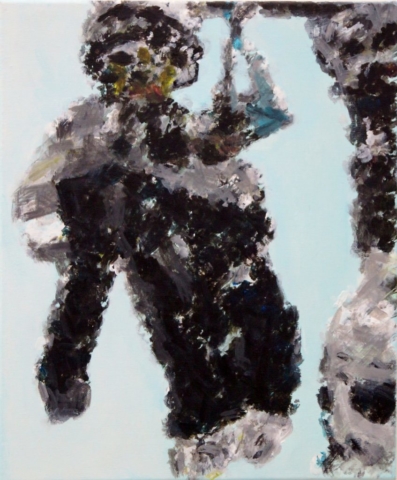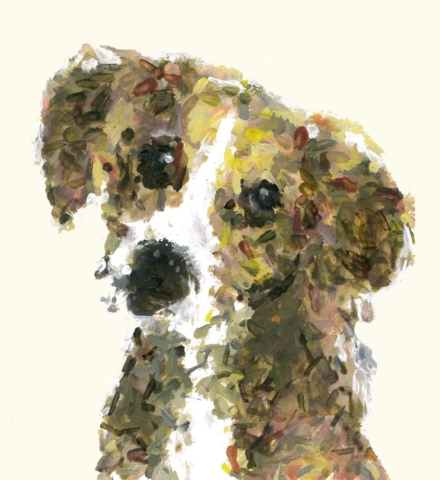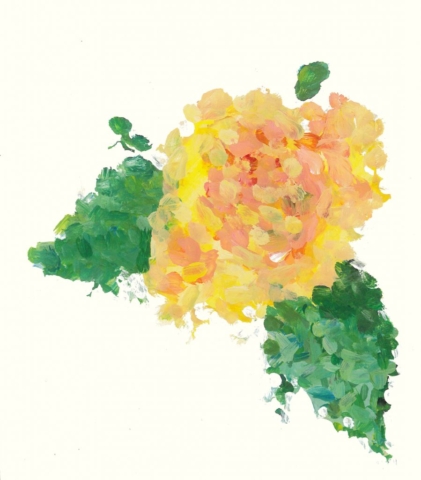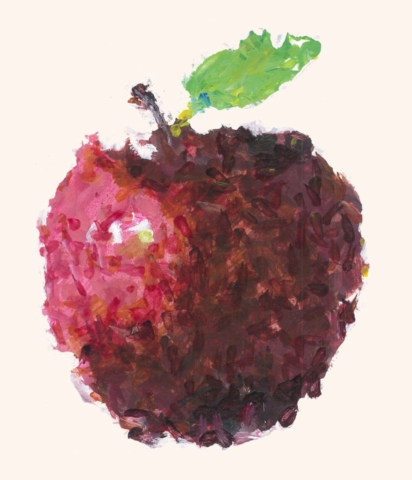Intro
Robot and Art
In these days, more and more people are devoted to presenting art with the help of technology. For example, some may use different sensors to detect the environment and drive motors to interact with people. Robot Art is just another form that incorporates technology in the creation of art. It is a kind of cooperative creation between human and robots. Programmers guide the robots with a specific strategy and robots carry the rules out. Both human and robots can be seen as the artists who create the artworks.
The Meaning of Robot Art
The machine-created art could serve as another way to bring more fun to people’s life. It may also provide artists a different perspective on the creation of art and probably, sparkle new imagination and amazement. Although it cannot compete with human artists now, there are still a group of people admiring the machine-created art. And it is exactly what gives the meaning to the existence of robot art.
About the Robot Artist
The Robot Artist is a 7-DoF robotic arm developed in our laboratory. It is endowed with the ability to create artworks like all human artists in the traditional way, that is -look, paint and refine. The reason why I started this project is simple: I majored in a robotic program and I wanted to do something that I was really interested in. I love art and I learn oil painting in my leisure time. One day it occurred to me that why not put these two things together – using the robot arm to paint! And that’s why the Robot Artist was born!
2016 RobotArt Competition
In 2016, Andrew Conru, an entrepreneur, engineer and artist, held the first Annual International RobotArt competition and draw 16 teams from seven countries who submitted over 70 different artworks, both technically and aesthetically, using robotics manipulating physical brushes. The competition aims to highlight the technical side of art creation and promote AI, image processing, and robotics. Fundamental to the competition is the belief that creativity and expression are emerging in unexpected ways from our relationship with technology.
Our robot entered the 2016 International RobotArt Competition and won 1st prize with USD $30,000. The Robot Artist impressed the judges with its artistic sensibilities by mixing its own color palette and painting under-layers before going in and coloring over parts, to make the image match mostly with the “vision” it had in mind, similar to the process human artists take.
Tech
The Robot Artist
The Robot Artist is a 7-DoF robotic arm developed in our laboratory. The high number of joints allows it to have enough flexibility to operate more like a human artist. At the end of the manipulator, the robot is equipped with a three-finger gripper actuated by a single motor. An acrylic clamp is stick to two fingers to help the gripper fetch brushes stably.

Visual Feedback
The Robot Artist is endowed with the ability to create colorful artworks using the visual feedback, just like all human artists. An external camera is attached at the gripper of the Robot Artist. The eye-in-hand configuration gives the robot a precise view of the scene and allows it to monitor the mixing color at any time.

Color Mixing
Generally, most of the colors can be mixed using three primary colors (cyan, magenta, yellow) and black. But unlike printers, human cannot precisely determine how much a color is needed for obtaining a desired color, so they usually start mixing with the most similar one to the desired color. Later, they sequentially add the colors which can make current color look more alike. Based on this strategy, the Robot Artist can repeatedly mixes colors using five basic colors (three primary colors, black and white) until getting the desired color.

Underpainting
In the beginning of painting, most artists do not directly focus on the details of pictures. Instead, they usually cover the canvas with an initial layer of paint, which serves as a base for subsequent layers. This technique can greatly facilitate the realization of finely balanced compositions, and accurate depictions of lightness and chromatic subtleties. We introduce the idea to the Robot Artist and partition the input image into several segments having similar colors and taking them as the underpainting layer.

Refinement
Once the underpainting is finished, the Robot Artist will repeatedly compare the picture drawn on the canvas with the original image and find out most different area. A set of hand-painted strokes is then generated using the technology of non-photorealistic rendering (NPR) and painted on the canvas to refine the artworks.


